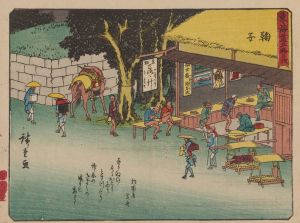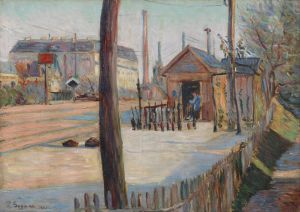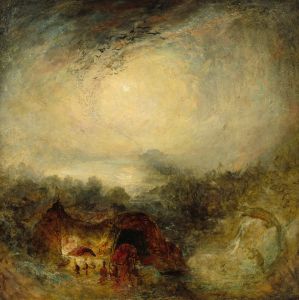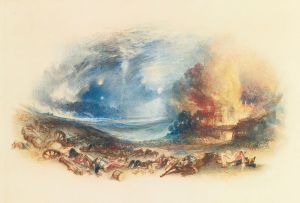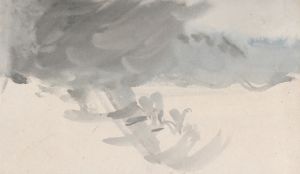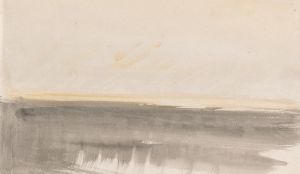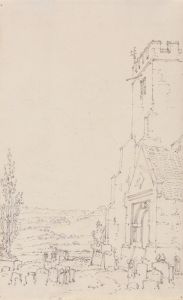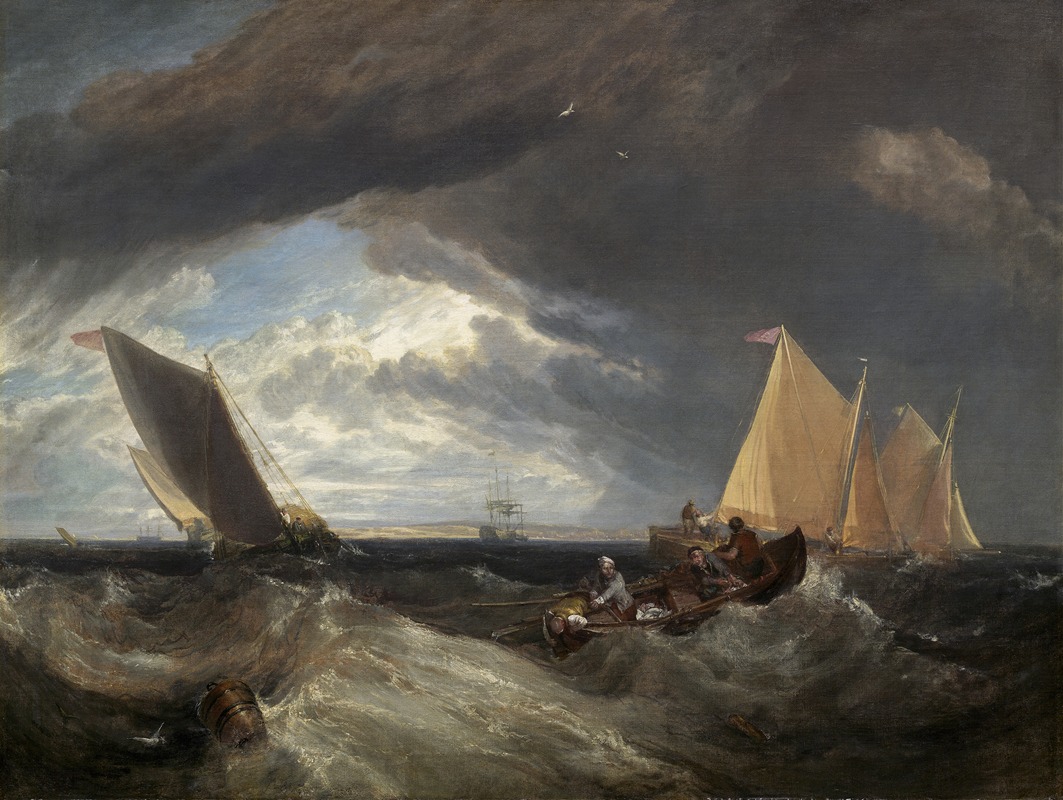
The Junction of the Thames and the Medway
A hand-painted replica of Joseph Mallord William Turner’s masterpiece The Junction of the Thames and the Medway, meticulously crafted by professional artists to capture the true essence of the original. Each piece is created with museum-quality canvas and rare mineral pigments, carefully painted by experienced artists with delicate brushstrokes and rich, layered colors to perfectly recreate the texture of the original artwork. Unlike machine-printed reproductions, this hand-painted version brings the painting to life, infused with the artist’s emotions and skill in every stroke. Whether for personal collection or home decoration, it instantly elevates the artistic atmosphere of any space.
Joseph Mallord William Turner, one of the most renowned British painters of the 19th century, is celebrated for his evocative landscapes and seascapes that capture the sublime power of nature. Among his extensive body of work, "The Junction of the Thames and the Medway" is a notable piece that reflects his mastery in depicting natural scenes with dramatic lighting and atmospheric effects.
Turner was born in 1775 in London and showed an early aptitude for art, enrolling in the Royal Academy of Arts at the age of 14. His career spanned over six decades, during which he became known for his innovative use of light, color, and atmospheric effects, often pushing the boundaries of traditional landscape painting. Turner's work is characterized by its dynamic compositions and the way it captures the transient effects of light and weather.
"The Junction of the Thames and the Medway" is a painting that exemplifies Turner's fascination with the interplay between natural elements and human activity. The Thames and the Medway are two significant rivers in the southeast of England, and their confluence has historically been an important site for trade and navigation. This painting captures the meeting point of these two rivers, highlighting the bustling activity and the natural beauty of the area.
Turner's depiction of this scene is marked by his characteristic use of light and color to convey mood and atmosphere. The painting likely features a dramatic sky, with clouds that seem to move across the canvas, casting shadows and illuminating parts of the landscape. This technique creates a sense of movement and change, reflecting the ever-shifting nature of the rivers themselves.
The painting also showcases Turner's skill in rendering water, a subject he returned to frequently throughout his career. His ability to capture the reflective and translucent qualities of water, as well as its movement and energy, is evident in this work. The rivers are depicted with a sense of depth and fluidity, drawing the viewer's eye across the canvas and into the scene.
Turner's work often includes elements of human activity, and "The Junction of the Thames and the Medway" is no exception. The painting may feature ships or boats, indicative of the trade and commerce that took place at this important junction. These elements not only provide a sense of scale but also highlight the relationship between humans and the natural environment, a recurring theme in Turner's oeuvre.
Throughout his career, Turner was known for his ability to convey the power and beauty of nature, often imbuing his landscapes with a sense of the sublime. "The Junction of the Thames and the Medway" is a testament to his skill in capturing the essence of a place, using light, color, and composition to evoke emotion and convey a narrative.
Turner's influence on the art world is profound, and his work continues to be studied and admired for its innovative approach and technical mastery. "The Junction of the Thames and the Medway" stands as an example of his ability to transform a simple landscape into a powerful and evocative work of art, capturing the viewer's imagination and inviting them to explore the natural world through his eyes.





